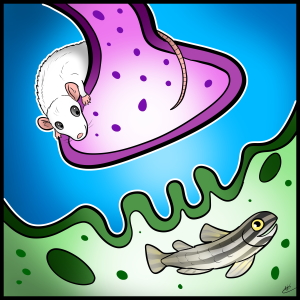Spinal muscular atrophy
Spinal muscular atrophy (SMA) affects the motor neurons – the nerve cells responsible for controlling movement of the skeletal muscles. Damage to or complete loss of motor neurons causes muscle wasting or atrophy and weakness. The weakness is usually more severe in the proximal muscles (close to the centre of the body) and usually worsens with age.
SMA is caused by defects in the SMN1 gene, which is responsible for making a protein called the survival motor neuron (SMN) protein. Various factors can affect the amount of SMN protein available and this in turn affects the severity of the disease, which has been classified into different types depending on the maximum functional ability the affected person reaches: individuals with type I never manage to sit independently; those with type II achieve the ability to sit up on their own but never manage to walk independently; type III patients achieve the ability to walk but may lose this ability later or require a wheelchair for longer distances.
Read more about SMA at the NIH Genetics Home Reference site here
Our research in SMA focuses on the epidemiology of the disease, as well as standards of care, data sharing and patient registries. SMA is at the forefront of therapy development in neuromuscular disease, and with new treatments being developed and approved, this background data is becoming essential for providing evidence to payers about the numbers of people benefiting from new therapies as well as determining long-term outcomes and access to therapies.
*Photo with the kind permission of Vitaliy Matyushenko, Children with Spinal Muscular Atrophy, Ukraine

